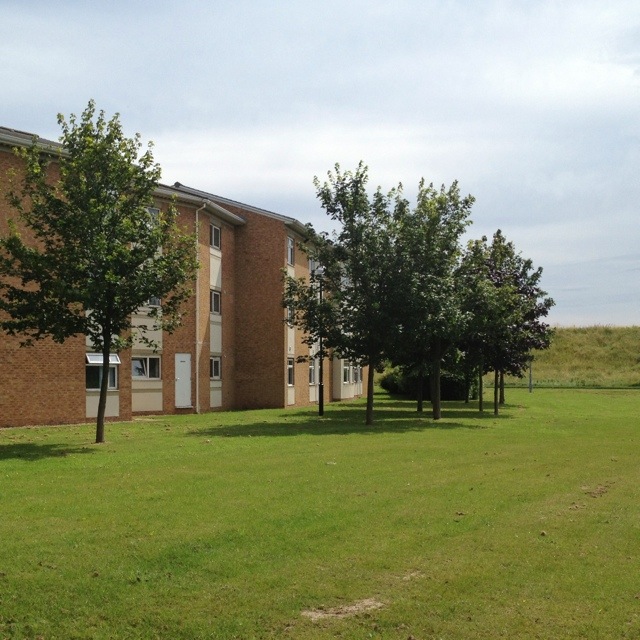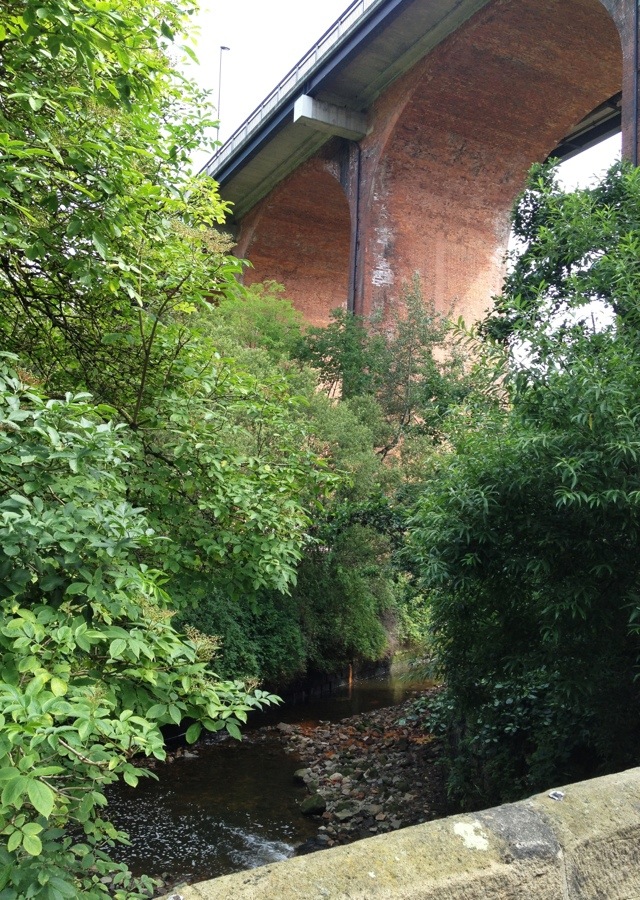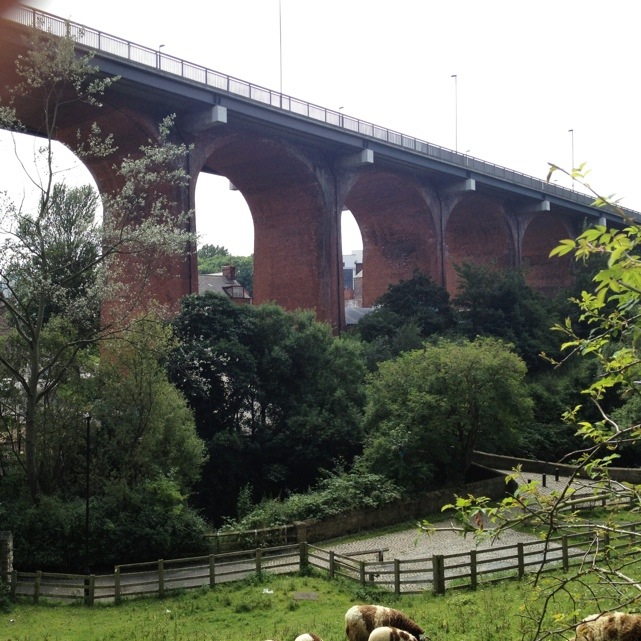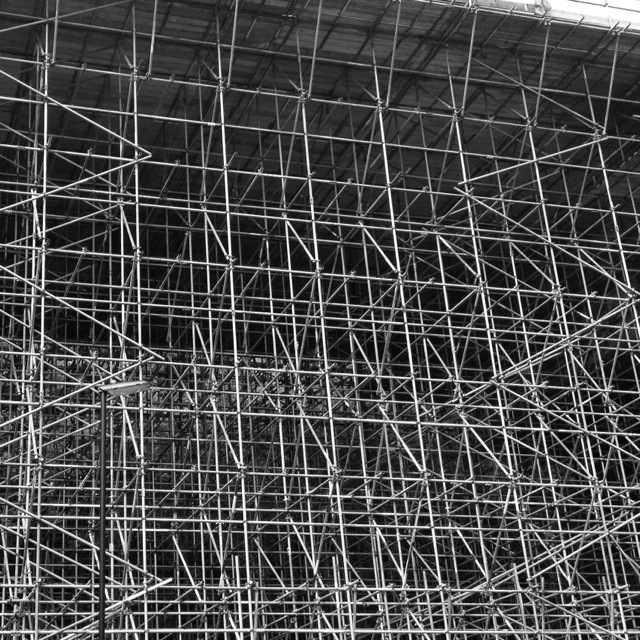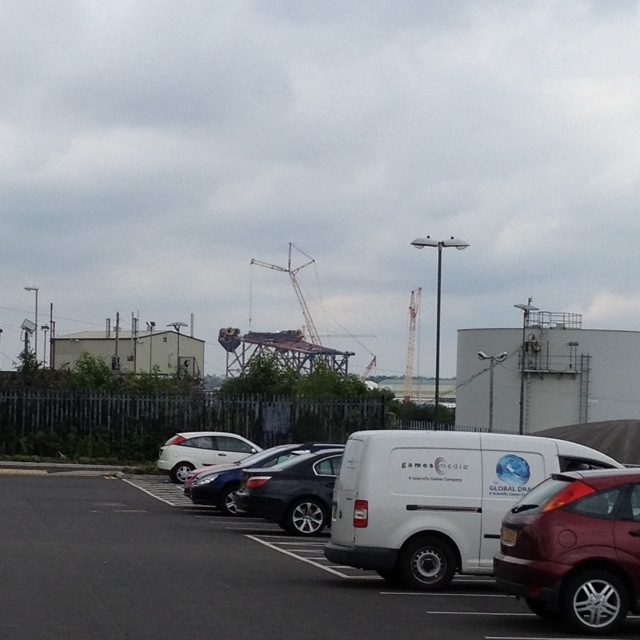Somehow, despite being a virtually card-carrying Guardianista, I’d never read one of Jon Ronson’s books. This one seemed as good a starting point as any!
The book describes Ronson’s adventures with several extremist groups and conspiracy theorists as he tries to find out more about the Bilderberg Group, who are thought by many conspiracy theorists to summarily control the world. It’s long-form gonzo journalism, with the added edge that Ronson is Jewish, while a number of the groups he meets along the way are, to a greater or lesser extent, anti-semitic.
The narrative of the book is engaging, and some of the descriptions are enlightening. But it feels to me like there’s a central problem in this book: Ronson seems quite conflicted over his feelings about the people he meets. Occasionally, he plays their beliefs for laughs, but, for the most part, it seems reasonably clear that he likes the individuals whilst finding their viewpoints and some of their actions abhorrent. This was and is always going to be a problem in an ethnography like this, but the fact that there’s never any deep reflection on this in the text just gives the whole thing an air of awkwardness.
There’s also a slight weirdness in that it seems to me that the point the book is trying to make is that relatively ordinary people can believe extraordinary things with certainty. That’s a really interesting concept, but, again, there’s no real self-reflection on this. Did this experience make Ronson question any of his own deeply-held beliefs? Has it made him view conspiracies and conspiracists differently? How has this whole experience changed him?
Ronson writes engagingly about the challenge of going through this investigation as a Jew. He reflects on denying his Jewish heritage, and how that makes him feel. Yet the other big questions seem to hang in the air, and I’m left wondering what the gonzo style adds if the majority of the deep personal reflection is cut out of it. I guess it provides a narrative. But it takes away objectivity, and makes us very reliant on the author as the sole source. I’m not sure those trades are worth it if the impact on the author – which is really something I consider to be at the heart of the style – is taken away.
I’m conscious that I’ve now written three paragraphs of criticism of a book that, on the whole, I enjoyed! I learned the truth about the Bilderberg Group (not that I’d heard of it before reading this book). There were several convincing descriptions of how conspiracy theorists interpret events in a way that supports their own world view (though, disappointingly, little discussion of the degree to which the rest of us do that too). The writing brought the characters to life, and the narrative drove the “plot” forward at a good pace.
All-in-all, while I was a bit disappointed by what wasn’t in this book, the stuff that was there was great: I’ll certainly read another of Ronson’s books at some point in the future. As for the star-rating: I’ve dithered for some time now over whether to give this 3 or 4; it’s somewhere in between. On balance, this isn’t a book I’d return to again, and I think its flaws of omission pull it nearer to 3 than 4.





Them is available now from amazon.co.uk in paperback and on Kindle.

